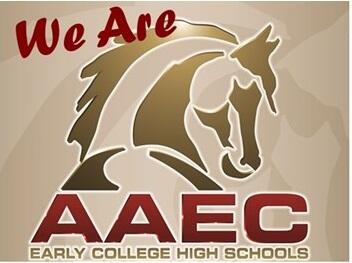
In a laboratory simulation, students can engage with the material through hands-on experimentation and observation, as well as through discussion and collaboration with their peers. In fact, many students collaborate more freely with peers while working on simulations than they would in a physical lab setting, which can help to deepen learning and build relationships among students.
Labster simulations allow students to experience tools and materials they may not otherwise have access to, such as specialized microscopes, immunological assays, bacterial cultures, and holotables. They also provide virtual trips inside cells to visualize molecular phenomena, and inside the body to see tissue and organ structure and function.
Another benefit of using laboratory simulations is that they provide multiple means of representation. Representation refers to the ways in which information is presented to students. To ensure that all students have access to the material, it is important to provide various options for how the information is presented. In a laboratory simulation, students can interact with the material through visual, auditory, and tactile representations, such as microscopes, and lab techniques in order to practice procedures before a physical lab activity.
Finally, laboratory simulations also provide multiple means of expression for K-12 students. Expression refers to how students can demonstrate their understanding of the material. To support the diverse needs and abilities of all students, it is important to provide a range of options for how students can express their understanding. In a laboratory simulation, students can express their understanding through written or oral reports, presentations, or projects.

